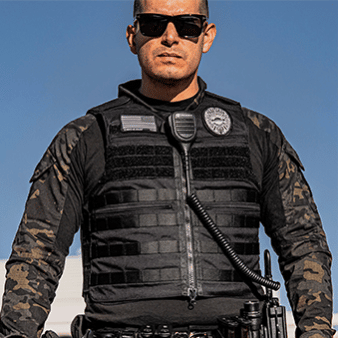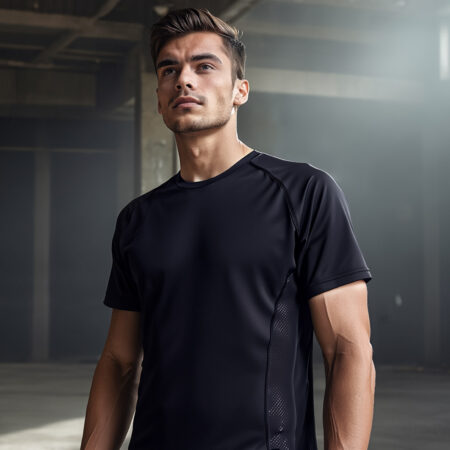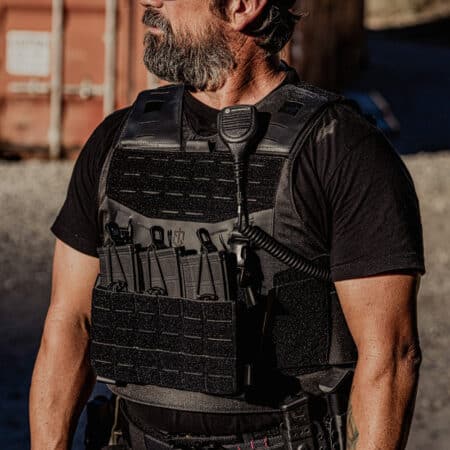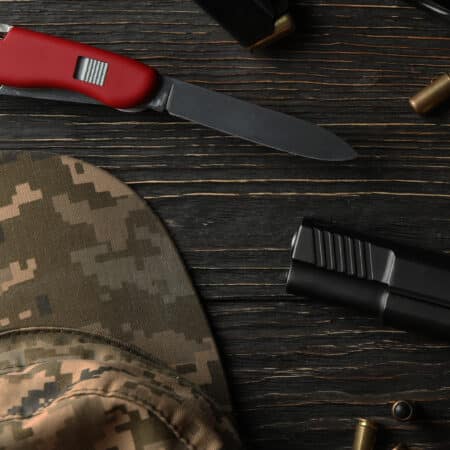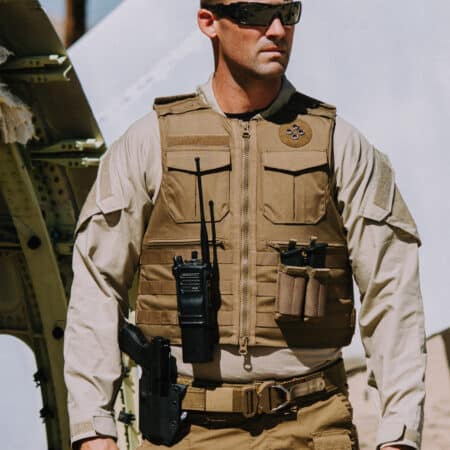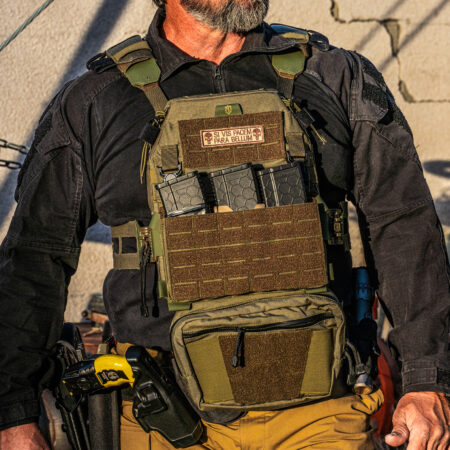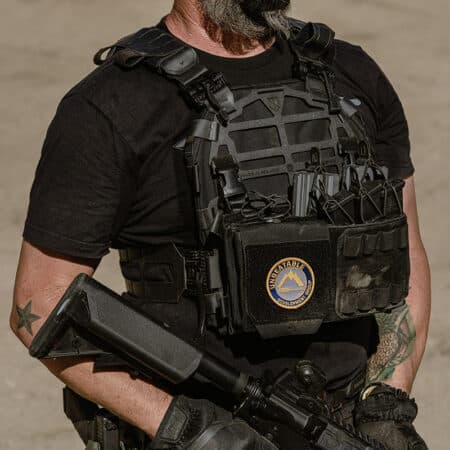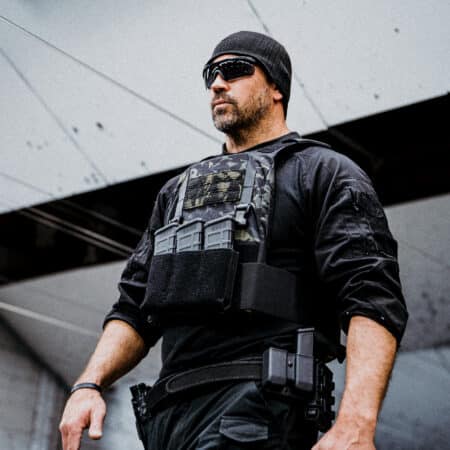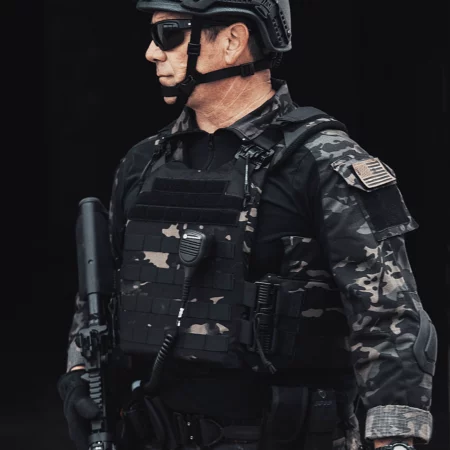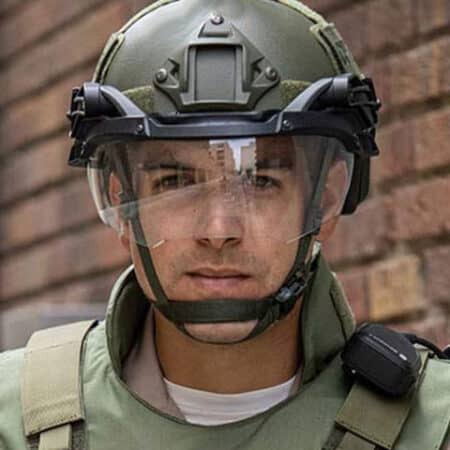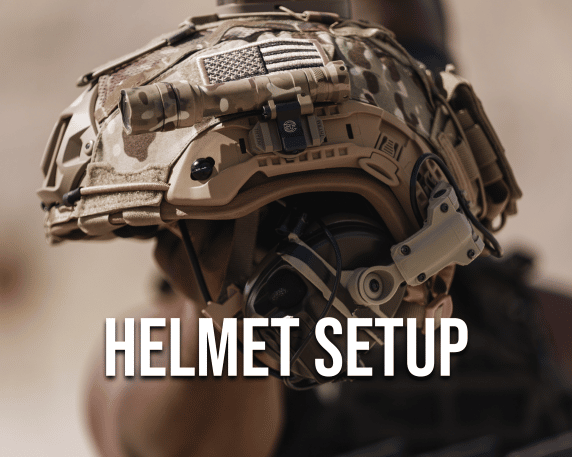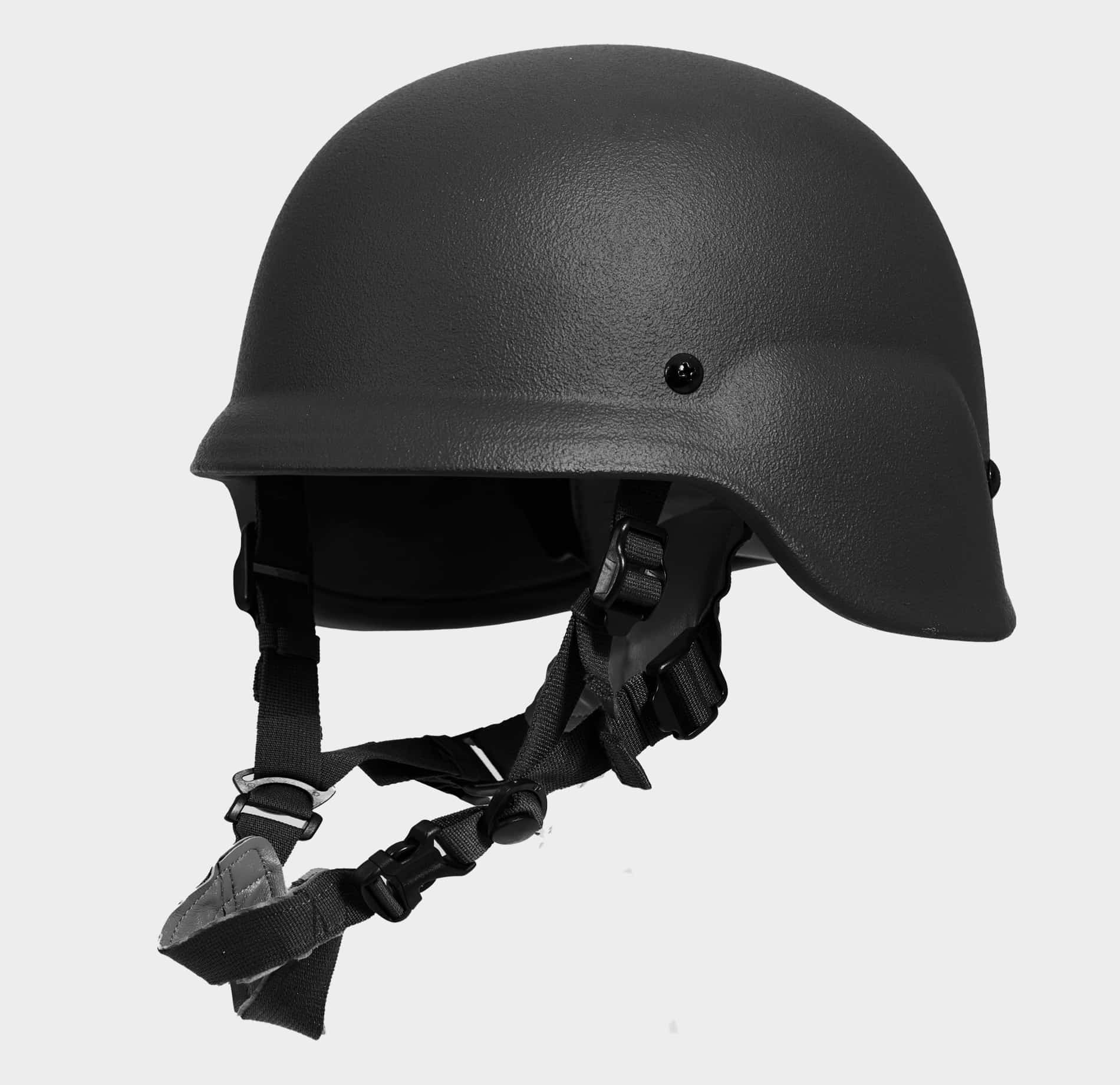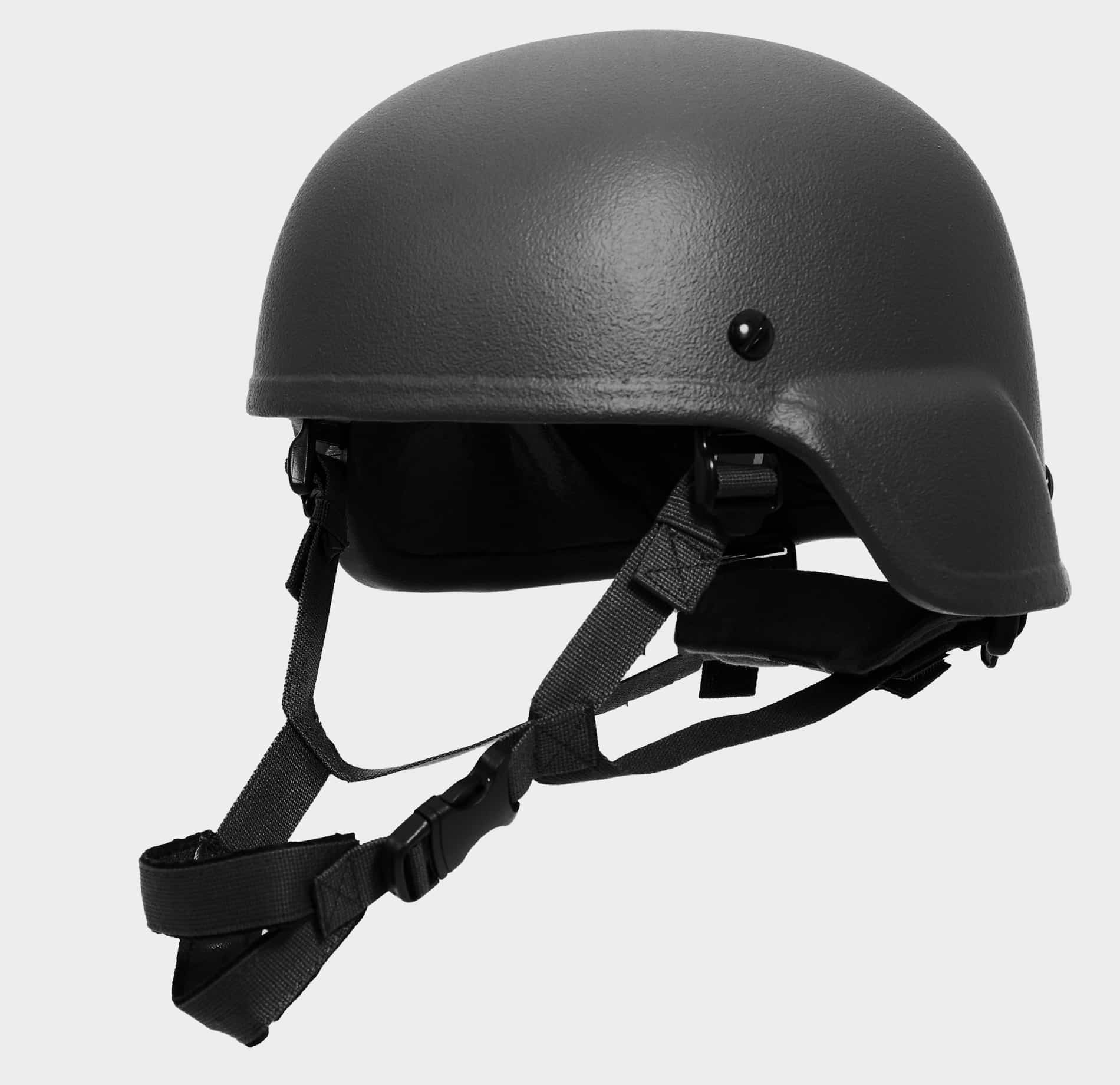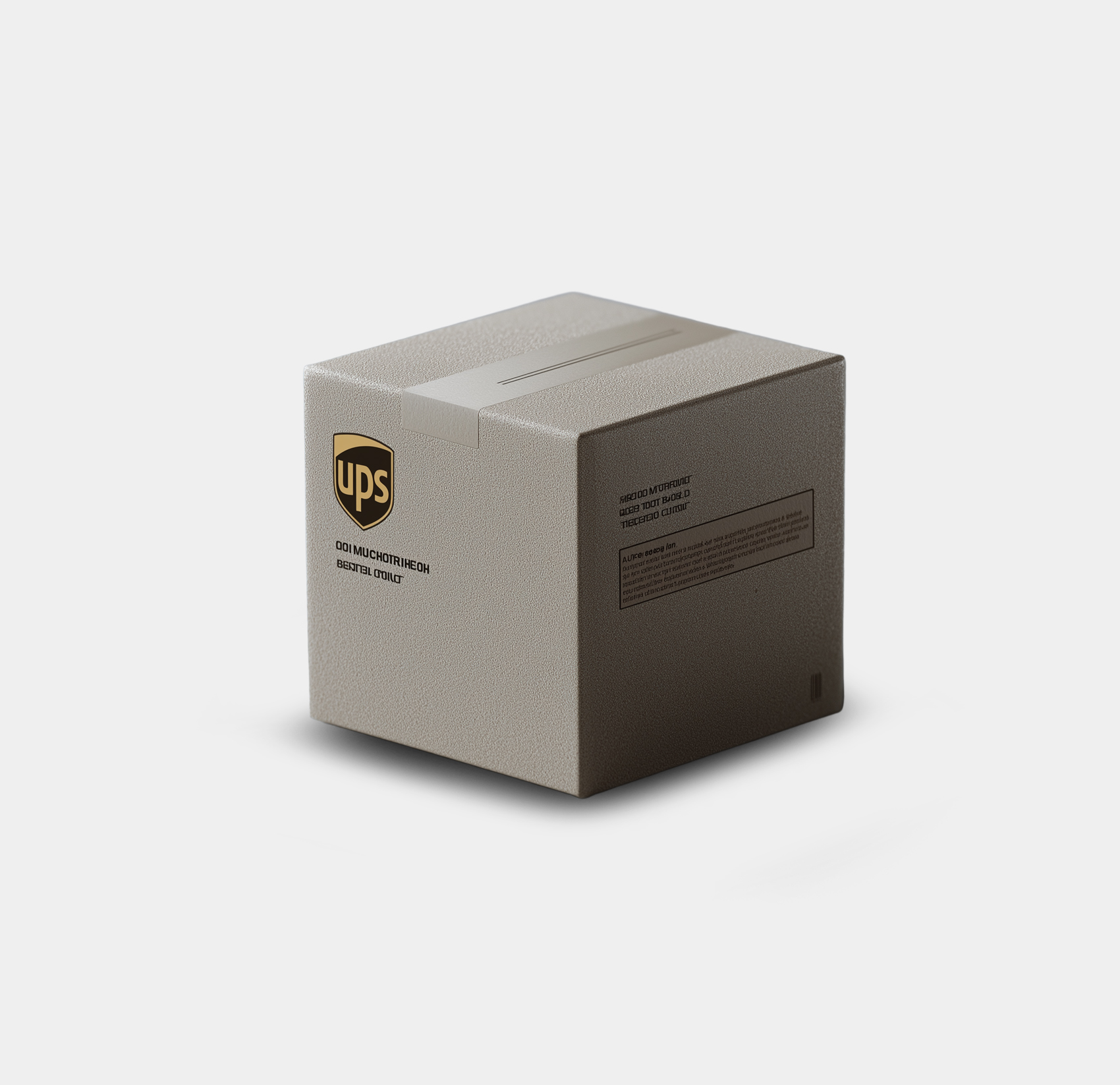Helmets have been a part of combat gear for a very long time, and over the years, they have started to play a more and more critical role in combat scenarios. These days tactical helmets don’t only protect your head from bullets, fragments, and blunt force impact, but they also serve several other functions on the battlefield.
With so many devices and mountable accessories available on the market, it can be difficult to figure out the perfect setup for your ballistic helmet. Different applications and missions call for different gear setups, and today we are going to talk about some of the most important pieces of equipment you can mount on your helmet, and what situations they are best suited for.
What types of ballistic helmets are the best for modification?
Before we move on to the ideal helmet accessories, let’s talk about the perfect ballistic helmet for modification. Though simple helmets like the PASGT helmet and military helmets like the Advanced Combat helmet also allow for modifications, no helmet beats the High Cut FAST pattern helmets when it comes to modifications and compatibility with accessories.
Special forces also use high Cut helmets. Though they offer the least amount of coverage when it comes to other ballistic helmet types, they still cover the major part of your head. They are lightweight and allow for easier mounting of comms, and multiple other accessories like Night Vision devices, IR strobes, and flashlights.
Though many brands make high-cut tactical helmets, few are on the level of the AceLink Body Armor Special Mission High Cut Tactical helmet. This Helmet is 25% lighter than standard Advanced Combat Helmets and offers NIJ Level IIIA ballistic protection. It can stop common handgun rounds up to .44 Magnum, and offer multi-hit protection. With its standard rail system on the sides, you can easily mount heading protection or Communication systems. This Special Mission helmet also has an NVG shroud on the front for mounting Night Vision.
This helmet also features multiple layers of padding and comfort pads to protect the wearer’s head from blunt force trauma, and make it comfortable to wear on long missions.
Bulletproof helmet cover functions
One of the first accessories you will add to your ballistic helmet is probably a helmet cover. These covers are designed to protect the finish of the helmet and keep the helmet’s paint, and ballistic fibers from being exposed to excessive heat, and moisture from the environment. You can also choose different kinds of helmet covers, with different camo patterns to your mission parameters.
Ear protection
When you are shooting at the range, or in the field, the loud concussive sounds of gunshots can be quite damaging to your hearing. Moreover, in tactical situations, it can make it difficult for operators to hear the voices of their team members.
Therefore, most shooters need to use some sort of hearing protection or communication system. Typically, PASGT ballistic helmets aren’t the best for this purpose. They offer extra protection and extend on the sides over your ears as well, which does not allow you to use ear muffs for hearing protection.
High-cut helmets offer enough space for full-sized ear muffs, and you can use the side rails on the helmet to easily mount your ear protection.
Night Vision Device
Perhaps the most important piece of equipment that is mounted on ballistic helmets is Night Vision Optics. This allows soldiers to use Night vision without using their hands, and perform a wide range of other operations ideal for their mission.
Typically, you only need night vision goggles for specific nighttime operations, but if you want you can also add them to your ballistic helmets for the “TactiCool” factor. However, keep in mind that your helmet needs to have an NVG shroud to mount night vision. Most modern helmets have NVG Shrouds, and so do the Tactical Helmets offered by AceLink Armor.
NVG counterweight
When you install a Night vision device on your bulletproof helmet, its weight can shift dramatically toward the front. This causes the ballistic helmet to tilt forwards, which can be quite uncomfortable and disrupt your vision as well. Therefore, when you install a Night Vision device on your bulletproof helmets, you also need to install an NVG counterweight to balance the weight of the helmet and keep it straight on your head
Helmet Camouflage Options
Depending on your operational environment, you may also need to install a Camouflage cover on your helmet. You can add different kinds of Camouflage covers on your ballistic helmets, which are suited for urban, jungle, mountain, arctic and desert environments.
Some special military units may also use camouflage nets, and Natural vegetation from their surroundings to break the silhouette of their ballistic helmet, and achieve better concealment.
Helmet velcro patches
These days, most militaries use the same kind of uniform in the field. They have to operate in the same environment and usually have camo patterns on their uniforms that are indistinguishable from each other. Therefore, most soldiers and military personnel add velcro patches to their helmets for identification.
Even within a single country’s military or law enforcement organization, there are several units and operational forces that have exactly the same uniform. Adding identification patches to their helmet helps them keep track of their gear.
Civilians can also use different velcro patches on their ballistic helmets to change up their aesthetics.
what level of ballistic protection do bulletproof helmets provide?
For a long time, helmets were not really bulletproof. The metal helmets used in WW2, and several following conflicts well into the late 80s did not have any ballistic capabilities. These days, modern ballistic helmets use Kevlar, the same material used to make a bulletproof vest. This allows helmets to offer protection equivalent to NIJ level IIIA body armor, which is the maximum level of protection available for pistol calibers.
Therefore, Modern ballistic helmets can stop all pistol calibers up to .44 magnum, however, there are some accounts of military helmets stopping larger bullets as well.
Final Thoughts
So, a Ballistic helmet can offer some much-needed protection to one of the most vital parts of your body. They protect your head against bullets, metal fragments, and blunt-force impact. However, that is not their only purpose. These days, modern ballistic helmets also act as a mounting platform for a wide range of tactical gear.
The ideal tactical helmet setup can be different depending on a person’s requirements, however, knowing what options you have, and what benefits they can provide can help you determine the perfect setup. We hope this post helps you achieve that.


